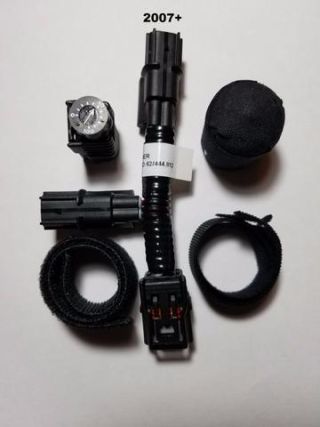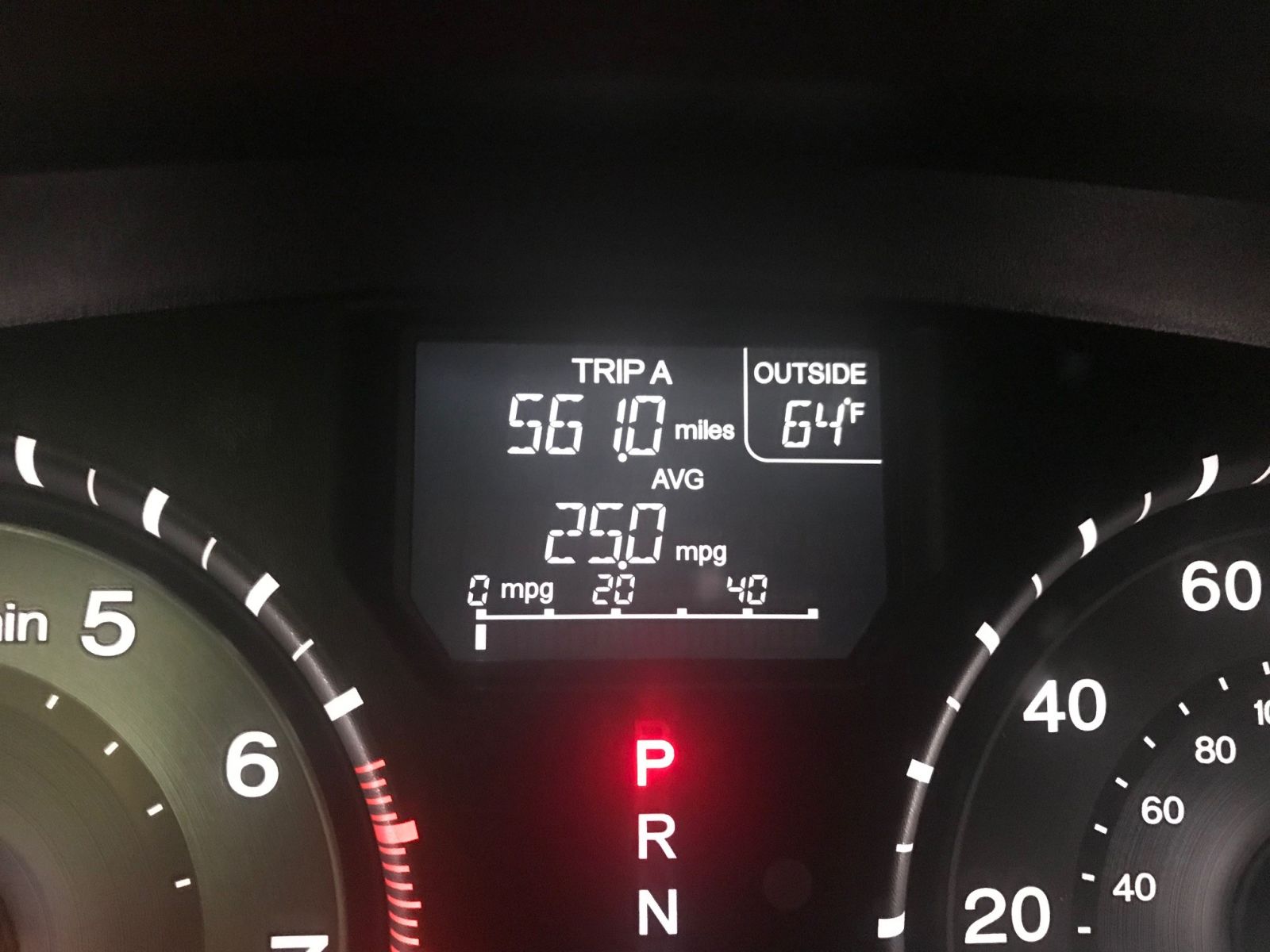For over a hundred years, cylinder deactivation has been used (with varying degrees of success) to improve fuel economy and give drivers “the best of both worlds” for efficiency and power.

Enter Honda’s Variable Cylinder Management (VCM), which started appearing on its 3.5L iVTEC V6 engines as early as 2005 in the US market. The idea behind VCM is simple: Once the engine is at normal operating temperatures, under light loads the engine is allowed to run on 3-4 cylinders. Once the demands are increased, the 2-3 inactive cylinders will seamlessly kick back in, yo.
While the idea is simple, the execution is not. The fourth-generation Odyssey (ours is a 2015) has FIVE electronically controlled engine mounts to dampen the vibration during cylinder deactivation and 3-4-6 transition phases. Further, long-term use of VCM has been acknowledged by Honda (settled under class-action duress) to contribute to excessive oil consumption and premature failure of those expensive engine mounts — often requiring entire engine replacements.
Why would they go to such lengths? By most estimates, to gain approximately 1-2mpg on the highway; virtually nil in the city.
As a result of these failures and lawsuits, a handful of enterprising Honda forum members and technicians developed a few similar workarounds: Adding slight resistance to the coolant temp sensor (ECT sensor) would prevent the ECU from knowing that the engine is warmed up, thus preventing the use of VCM. The results are that the vehicle runs on all six cylinders at all times. While this may sound like an ecologically thoughtless act, the cost-benefit for most drivers is clearly in favor of preventing engine trouble, not saving a miniscule amount of emissions. Let’s pause and point out that an Odyssey with 4 people inside, on the highway, is still getting over 100mpg per person. Fully loaded, 200+ mpgpp.
After considering it for a couple years, I finally went with the $80 VCMtuner, which includes a manually adjustable resistor for seasonal and local climate-based tweaking. It was a 5-minute plug-and-play solution under the hood, simply adding a “middleman” to the ECT wiring. The instructions left a lot to be desired, but were adequate enough.

But how does it drive now?
In short: Beautifully.
- The worst cruise control I’ve ever used is now one of the best. Since the car is no longer resisting the urge to keep VCM activated, the previous fluctuations of 3-4 mph (up and down) are now less than 1mph. The car remains at the speed where you want it.
- Constant, subtle vibrations while moving between the three cylinder settings are completely eliminated, both on the highway and in light suburban driving.
- Throttle lag (which was constant when under a light load) is now nonexistent.
- A car I generally considered numb, hateful, and poorly designed in almost every way is now...mostly tolerable!
All of this adds up to a more enjoyable experience, as well as less stress and better courtesy to other drivers when using cruise control. I couldn’t have asked for more from such a simple solution. At the moment, I’m still tweaking my settings during fluctuating spring weather to strike the right balance between a CEL and allowing VCM to engage, but that’s just minor adjustment. For most users, leaving it at a single setting will be fine.
And you’re probably wondering about my fuel economy penalty. So far, after nearly 1,000 miles of all types of driving, I’ve seen no meaningful hit. Our recent 500-mile road trip around Alabama and Georgia showed 25mpg, which is perfectly in line with our historical norm (90% highway/10% local driving with some A/C usage).

Highly recommended.